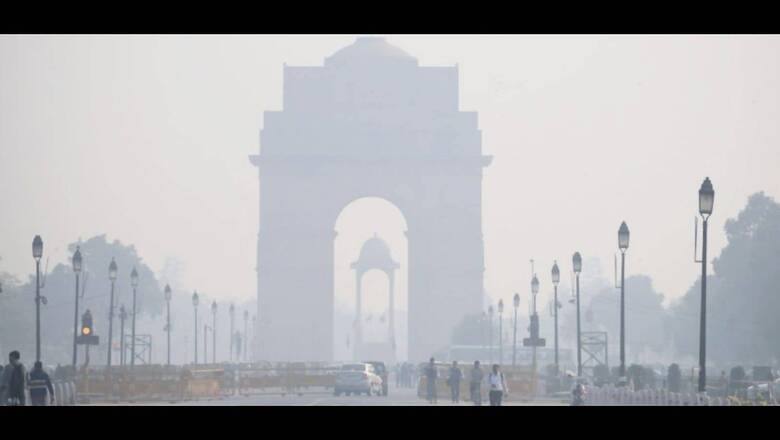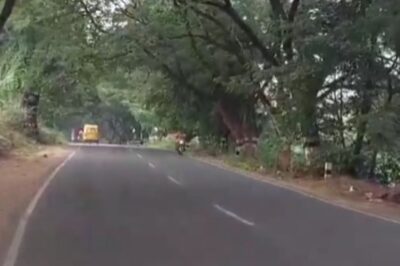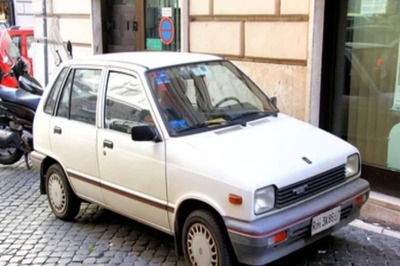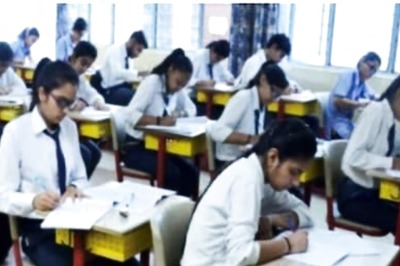
views
Delhi environment minister Gopal Rai met top officials of all major stakeholders involved in combating winter air pollution in the national capital with the aim of preparing a joint action plan to tame the chronic problem that leaves the city fighting for breath every year. Each of these departments has been given the deadline of September 21 to come up with its own action plan, following which the government of Delhi will chalk out its strategy. Top officials of the three municipal corporations of Delhi (MCDs), New Delhi Municipal Council (NDMC), Cantonment Board, Delhi Development Authority (DDA), Central Public Works Department (CPWD), Public Works Department (PWD), traffic police, transport department, and the development department attended the meeting.
The development department, which is handled by Rai, has been given the responsibility to come up with a plan to tackle the issues arising out of stubble burning in the national capital. The environment ministry will also coordinate with the union environment ministry, various neighbouring state governments, and also the central government.
Rai said, “Today, we have written to the union environment ministry and sought time. Hopefully, we will be given an appointment soon. The chief minister and I will meet the environment minister and also discuss with the central government. We will submit the third-party audit report on the bio-decomposer so that he can intervene and take timely action.” On stubble burning in Punjab, Rai said that the state’s chief minister Captain Amarinder Singh should check the ground situation and take constructive steps so that there can be a solution.
Farmers in states bordering Delhi resort to burning crop waste after harvesting the Kharif paddy to prepare their fields for the oncoming Rabi season. It has been cited as one of the key reasons for the poor air quality that Delhi witnesses in the winter months.
The ten areas of focus identified by the officials of the Delhi environment ministry include stubble burning, dust pollution, burning of waste, vehicular pollution, traffic congestion, pollution hotspots, engaging with neighbouring states and central government, and managing the centralised war room and the green app (using which citizens can bring pollution-causing activities to the government’s notice).
On dust pollution, the three MCDs, NDMC, Cantonment Board, Delhi Disaster Management Authority (DDMA), PWD, CPWD, irrigation and flood department, and all construction agencies have been told to focus especially on four points while preparing their action plan. These are “procurement of dust suppressant chemicals, mechanical sweeping of roads, disposal of the dust sucked in by the mechanical sweepers, and sensitising the junior engineers, the assistant engineers and contractors,” Rai said, elaborating on the government’s initial plans to fight dust pollution.
The MCDs have been given the responsibility of devising an action plan to combat solid waste burning and ensure quick disposal of waste to prevent accumulation that leads to burning. The municipal bodies along with resident welfare associations (RWAs) have also been asked to create an alternative to keep their staff warm in the winters so that the latter don’t resort to burning coal, dry leaves, or twigs to fight the cold. On apprehensions about whether the three MCDs run by the Bharatiya Janata Party (BJP) would cooperate with the Aam Aadmi Party (AAP) government of Delhi, Rai said he was confident of a working relationship, noting that it has happened in the past.
The transport department has been tasked with popularising and speeding up the electric vehicle policy of the government, the minister said, adding that the response to this plan has been good so far. The department also has to accelerate the monitoring of pollution certificates for vehicles, and quickly address the issue of Delhi Transport Corporation (DTC) buses breaking down on the roads and wait for long periods before being repaired. The traffic police have to submit a ‘traffic congestion plan’, to ensure that vehicles ply freely, especially in those areas that suffer from chronic logjams, improve the functioning of red lights and have a system to swiftly remove vehicles that break down on the road.
The MCDs have the responsibility of monitoring the ten pollution hotspots in Delhi as they are the nodal agency. While the Delhi Pollution Control Committee (DPCC) and the environment department will monitor the war room and the green app (using which citizens can bring pollution-causing activities to the government’s notice).
A US research group, the Energy Policy Institute at the University of Chicago (EPIC) said in a report last week that pollution is likely to reduce the life expectancy of about 40% of Indians by more than nine years. The report also praised India’s National Clean Air Programme (NCAP), launched in 2019 to curb dangerous pollution levels. Delhi chief minister Arvind Kejriwal last month inaugurated a smog tower at Connaught Place, following a Supreme Court order. A two-year pilot study will ascertain its effectiveness.
Replying to a question, Rai said he was hopeful that the winter action plan will ensure that the need to implement the odd-even car rationing scheme will not arise this year. However, he also added that the system remains the “last option”.
Read all minute-by-minute news updates for Uttar Pradesh election results 2022, Punjab election results 2022, Uttarakhand election results 2022, Manipur election results 2022, and Goa election results 2022.
Click here for seat-wise LIVE result updates.




















Comments
0 comment